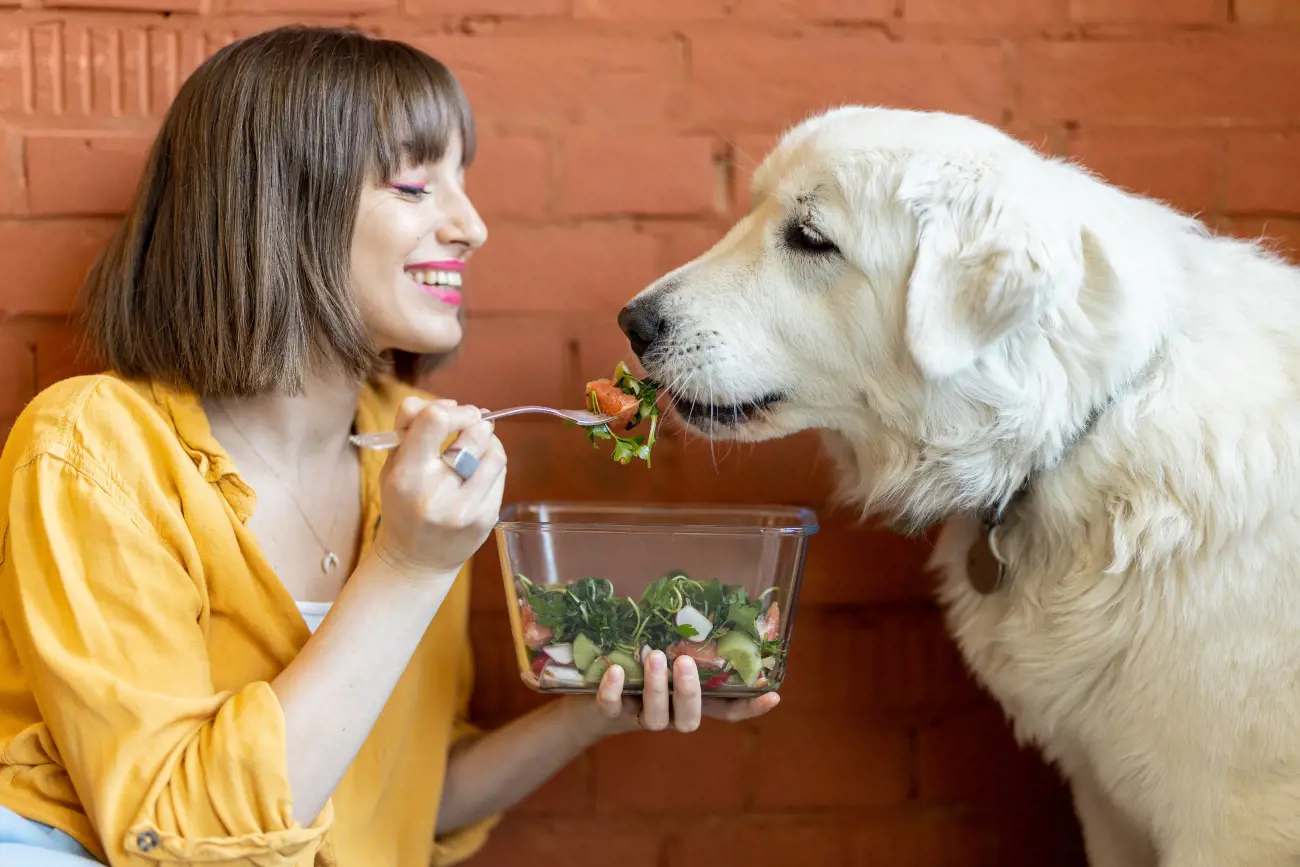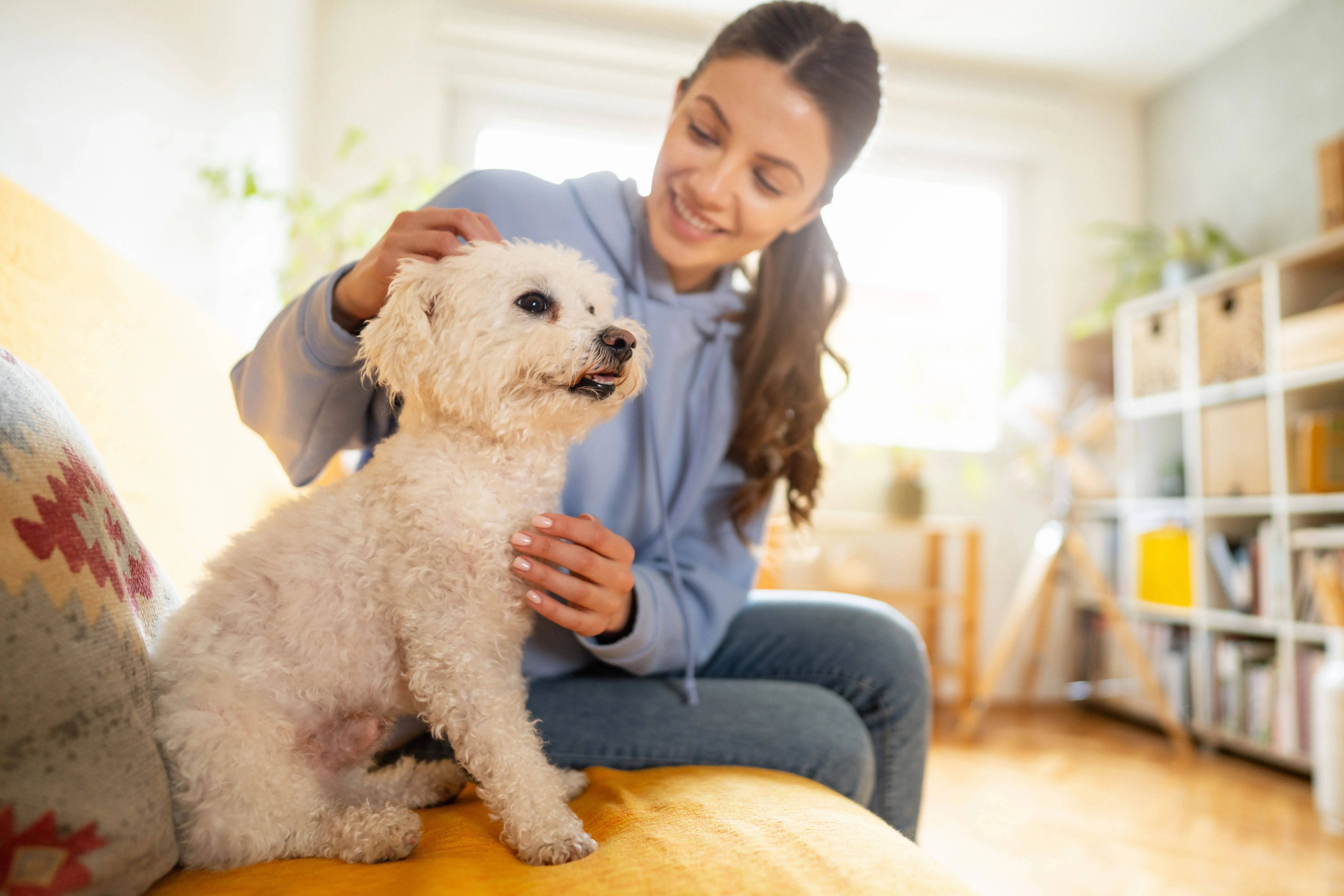Bringing home a new rescue dog as part of your family
3rd October, 2019
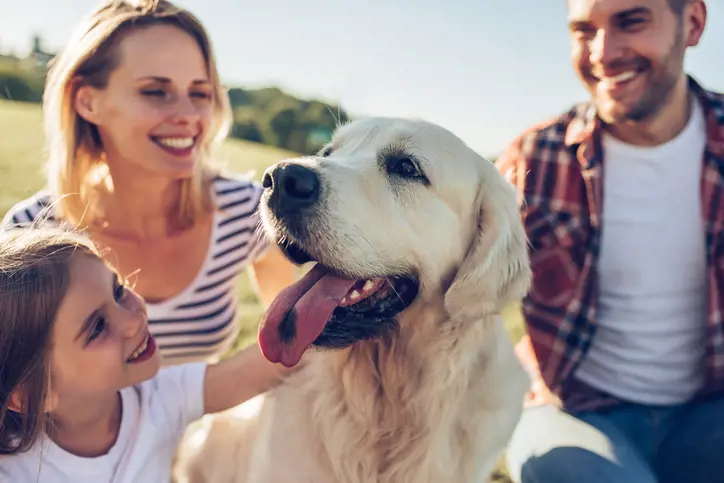
So you’ve made the decision to take on a rescue dog. That’s fantastic news. With so many canines stuck in rescue centres needing loving homes, choosing a rescue dog is an excellent thing to do.
It’s a hugely rewarding experience and you’ll be creating a very special bond with whichever lucky pup you choose. Bringing home a dog in need is a wonderful feeling – it’s nice to know you’ve given a loving home to a pooch that would have otherwise been alone.
Taking on a new rescue dog
As with bringing home any pet, there’s a transition period where they spend time settling in.
It’s a completely new environment for your newly adopted dog, and it might take a little patience and understanding on your part
Everyone in the family needs to be on board with the new arrival and ready to help Fido settle in. You’ll need to decide on some house rules for your new pooch and make sure all household members stick to them.
And, of course, before you bring your new pup home, it’s important to have reliable dog insurance in place.
When it comes to rescue dogs, it’s fair to say that some of them may have issues, especially if they’ve been in the shelter for a long time.
However, it’s also important to remember that some rescue dogs have been rehomed through no fault of their own.
A relationship breakdown, a bereavement or perhaps their owner falling ill and not being able to care for them.
When picking a rescue dog, you can choose a canine with the type of personality that will suit your family.
Finding the right match for your needs is hugely important, and can have an impact on how well your new family member settles in.
If you’re an active family, you’ll probably want a high-energy dog. But if you’ve not got time for two-hour daily walks then you may want to find a pup who prefers gentle walks and snuggling on the sofa.
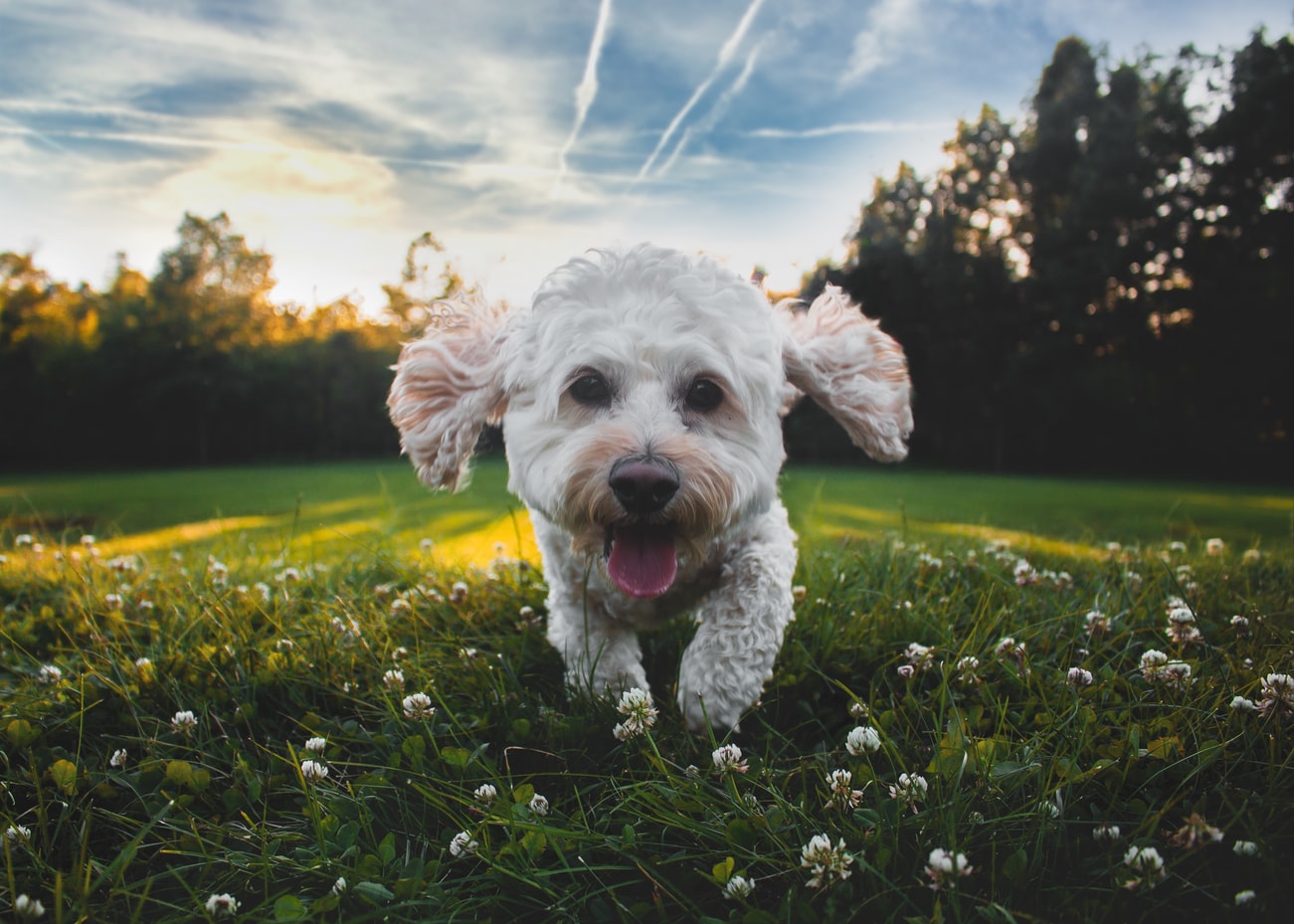
What questions should I ask when adopting a dog?
During the process of searching for the perfect match, you’ll need to ask a series of questions.
The questions you ask and the information you give the rescue centre will help determine what sort of dog you get paired with.
So it can be helpful to have a think about exactly what type of dog you want and note down some questions before visiting.
You’ll need to have a rough idea of what sort of breed, size and gender dog you want. Although if you’re happy to just be paired with the best match and go on the rescue centre’s recommendations, that’s okay, too.
But most prospective rescue dog owners tend to have some core requirements for their new canine companion.
What sort of personality do you want your hound to have? For example, do you want a dog that comes up to you and showers you with love and affection constantly, or would this be a bit too much? Some people prefer more subdued, laid-back pooches.
You need to think about how your new rescue pup or adult dog will fit in with your lifestyle, and the type of day-to-day life your family leads.
How much time have you got to dedicate to training, walks and playtime? Do you live near parks and large open spaces where your dog can exercise, or will you have to travel to these places at the weekends?
Some rescue dogs have issues due to the kind of life they’ve lead and the training (or lack of) that they’ve had.
It’s helpful to let the rescue centre know what behavioural issues you’re happy to take on and manage, and what things you just want to avoid.
For example, you may not want a dog that has issues with other dogs, or a needy pooch that has acute separation anxiety.
You might also be wondering what questions to ask the staff at the rescue centre you go to, whether that’s the Dog’s Trust, RSPCA, Battersea or your local dog rescue centre. Well, don’t worry, we’ve compiled a handy list here:
- What is the dog’s previous history?
- What is their temperament/personality like?
- Do they have any medical issues or injuries?
- How old are they?
- Are they neutered/vaccinated?
- Are they child-friendly? If so, from what age.
- Are they dog-friendly? Do they have issues with particular types of dogs?
- How long can they be left on their own?
- Do they travel well in the car?
- Do they have any history of biting/aggression towards humans?
- Are they a confident dog?
- Are they fearful of people at all?
- What diet have they been fed?
- Has their previous owner left any helpful information?
- What are their exercise requirements?
- Do they walk nicely on the lead or require a strong handler?
- Can they be rehomed with another dog?
- Would they enjoy the company of another dog in the future?
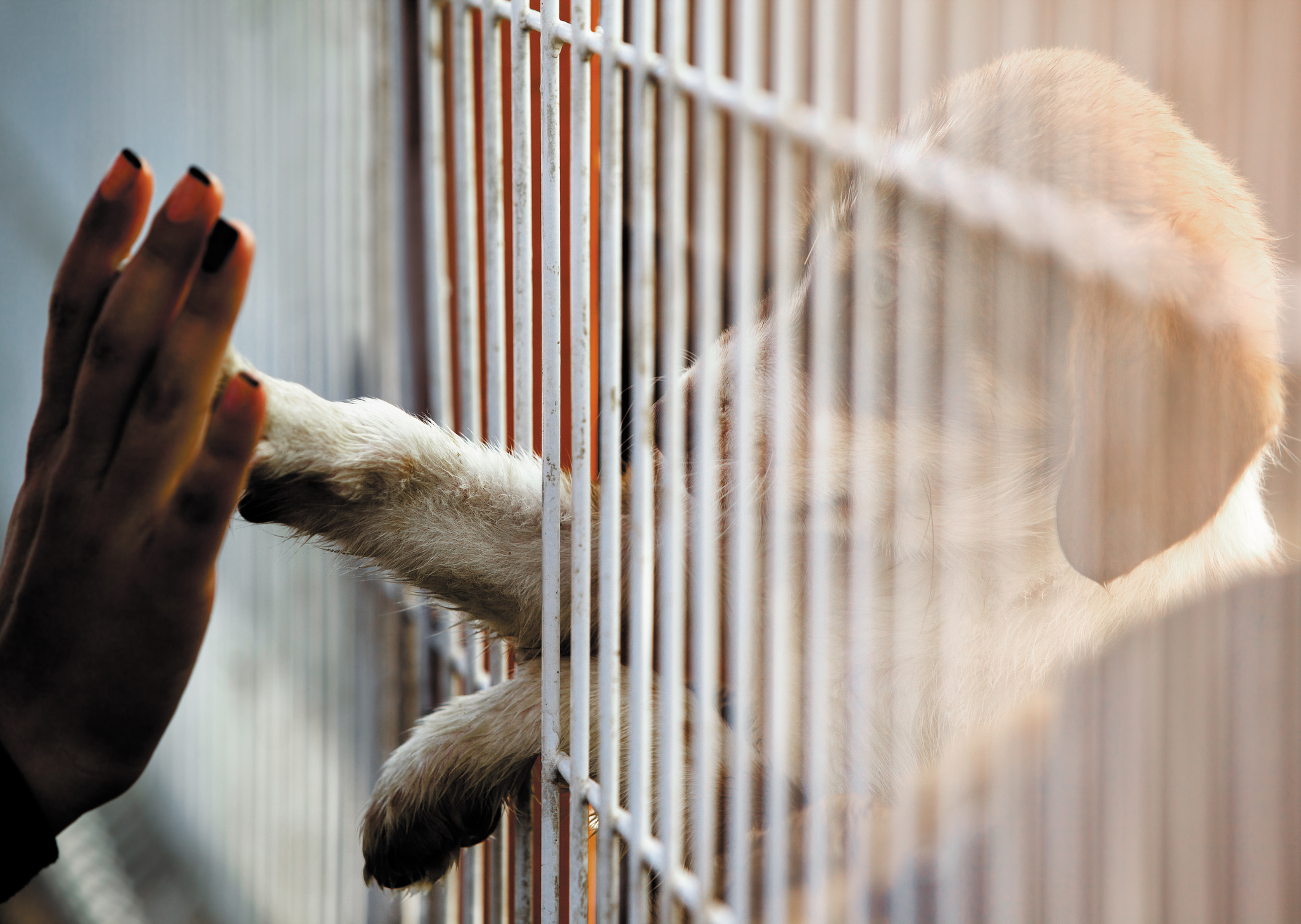
Bringing them into your home
Before you think about taking your new family member home, you’ll want to get the house prepped. It’s crucial to get your house dog-proofed and ready for a new four-legged arrival.
That means ensuring your garden is secure and there are no holes in your fences or any potential escape routes.
You’ll also want to decide which areas of your home your rescue pup will be allowed to go, where they will sleep and where you will leave them when you go out.
Depending on what sort of dog you get, you may want to consider getting a dog crate. That way you know when you leave them home alone, they’re not able to get up to any mischief.
But whether you crate train or just leave them in a room, or even give them free rein of your house - that’s completely your choice.
Check your home for any potential hazards that may cause Fido harm, though, like poisonous plants or kitchen cleaning products.
When you do bring them home, you might want to go out for a walk first with all the family. This helps your new dog meet family members on neutral ground.
Then, when you’re ready, bring your dog home and let them have a good sniff around.
Ensure they’ve got a ‘safe place’ they can go to if they need some alone time, such as a comfy dog bed or crate. Let them find their way around and get used to their new surroundings before bombarding them.
Then you can slowly get them to spend time with each family member, as and when they’re ready.
How do you settle a rescue dog?
There are numerous ways you can make your rescue pooch feel instantly more at home and help them settle.
It can be handy to bring a blanket or toy from the rescue centre so that they have a familiar smell with them – this can help during the journey home, too.
As mentioned above, make sure your home is pre-prepped for your new dog. You’ll need to have stocked up on doggy essentials like a water bowl, dog bed, lead and collar.
Having some fun toys ready for them to play with can help, too, as well as doggy treats to help build your bond with them.
Don’t expect your new family member to feel at home right away. Remember, everything is completely new to them and they are in an alien environment.
Some dogs really struggle to settle initially and may act out when they wouldn’t normally. All they need is patience, time and training.
So if they cry through the night initially or have the odd accident on the kitchen floor, don’t throw in the towel right away. Give them a bit of time to de-stress and start settling in.
And don’t forget, if you do hit any stumbling blocks when you bring them home, you can always call the rescue centre staff who should be happy to offer helpful advice.
It’s also always a good idea to book your dog into your local vets for a health check-up. This will reassure you that they’re healthy and identify any health issues that may be causing behavioural problems.
Other ways you can help settle your dog is to take them out on regular walks to make sure they’re getting rid of any pent-up energy.
A dog that’s had plenty of exercise is more likely to relax. Plus, going out walking together is a great way to bond with Fido and get to know each other.
You can also spend a bit of time playing with them at home with toys as this will enable you to start to build a positive relationship.
And, of course, you’ll want to start training them and teaching them any commands you want them to know.
Doing a bit of obedience training will keep them engaged, give them some mental stimulation and help them get to know you better. It may also help to keep them safe when you’re out and about. However, it may be easier to put your pup into puppy training classes.
It’s best to keep them on the diet they were on at the rescue centre for a little while. Then, after a few weeks, you can start to slowly introduce whatever brand of dog food you want to feed them.
Make sure you mix it with their existing food and gradually switch over so their tummy can adjust. Not sure what type of food is best for your age or breed of dog? Ask the vet or the rescue centre.
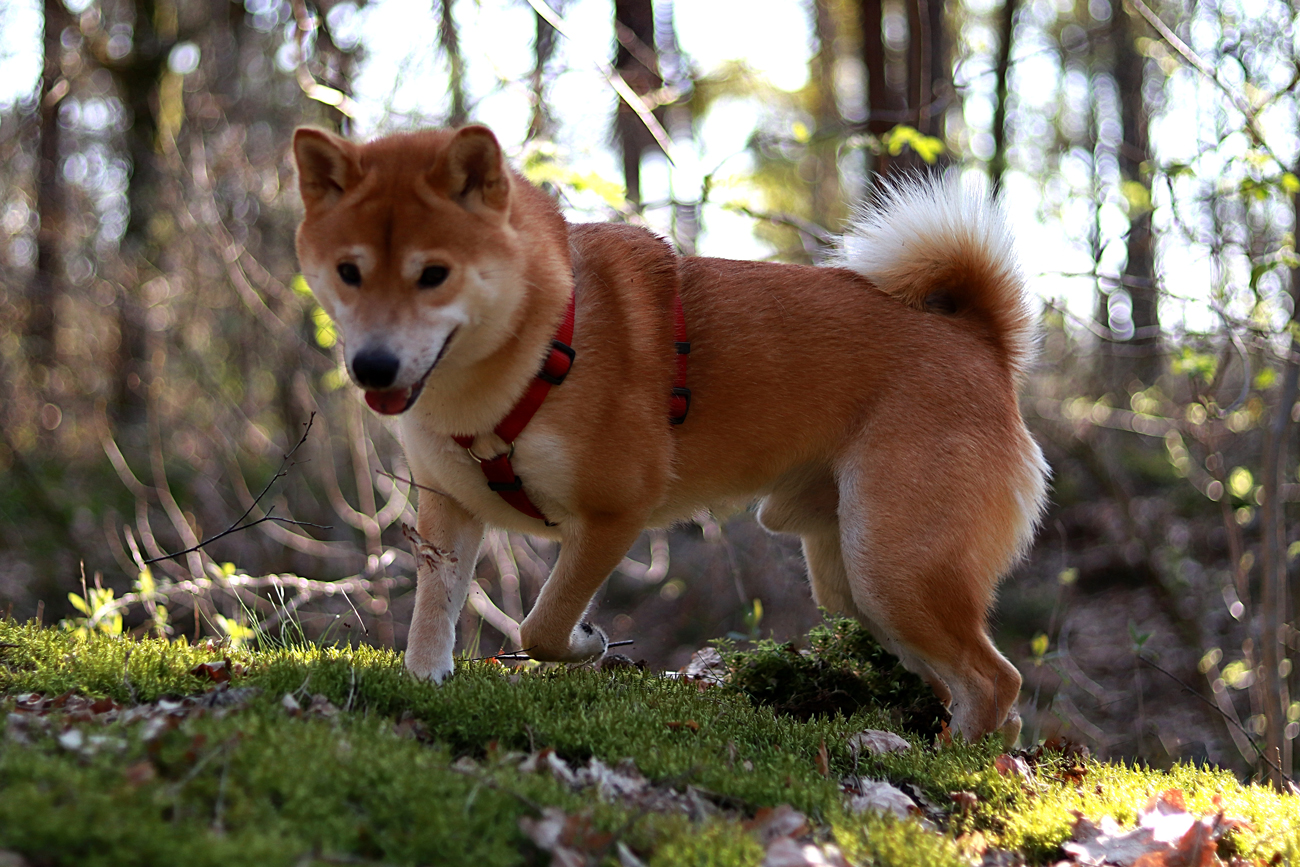
How long before a rescue dog feels at home?
How long is a piece of string? Every dog is different. Some dogs will settle right away and absolutely love their new home instantly, and others will take more time.
They might have had a difficult start to life or have been treated badly, so it could take longer to build trust and for them to feel at ease.
But on the whole, most dogs will take a good few months to really settle properly.
They may relax a little as the first few weeks pass, but it usually takes a bit longer for rescue dogs to fully get used to their new routine and home environment.
How do you know your rescue dog is happy?
You’ll start to notice that they appear to be getting into a routine. They know what’s expected of them and seem relaxed around your family and in your home.
Also, look at their body language. You can tell a lot by the way a dog moves and reacts to different situations. Do they wag their tail a lot? Do they have a relaxed body stance? After a walk, do they and chill out around the house?
These can all be indicators but you’ll also get a gut feeling.
As time passes, you’ll get to know your new dog a lot better, and you’ll be able to tell when they are happy, down, stressed or scared – or if they’re feeling unwell and you need to call on your dog insurance.
It’s also useful to recognise the signs of stress in dogs, so you can identify situations and times where your dog is struggling.
Some of the signs include excessive panting, a loss of appetite, your dog’s ears being pinned back, their tail going between their legs, excessive barking, pacing and toilet accidents.
How long does it take for a rescue dog to bond?
Again, it’s difficult to say because each dog has its own unique personality and traits. Rescue dogs also have mixed backgrounds. Some may have had a perfectly happy life so far, others might have gone through trauma or been mistreated.
And naturally, the dogs that have previously been treated badly by humans may take longer to build trust. It also depends on your instant connection with the dog and how you act around them.
Remember, sometimes it takes time to build a strong bond, so be patient initially while your pooch gets to know you.
Protect your rescue pup with dog insurance
If you’re thinking of adopting a new rescue dog, before you bring them home, it’s wise to set up dog insurance. This means that if anything happens and they get ill or injured, you can get them seen to without the worry of large vet bills.
You can find out more details about the dog insurance we offer here.
Get a quick quote today.
Helpful Pages
Recent Posts
Pet Insurance Quote
- 98% claims paid *
- Claims paid directly to vets
- 24/7 vet video consultations
- Interest free monthly payments

